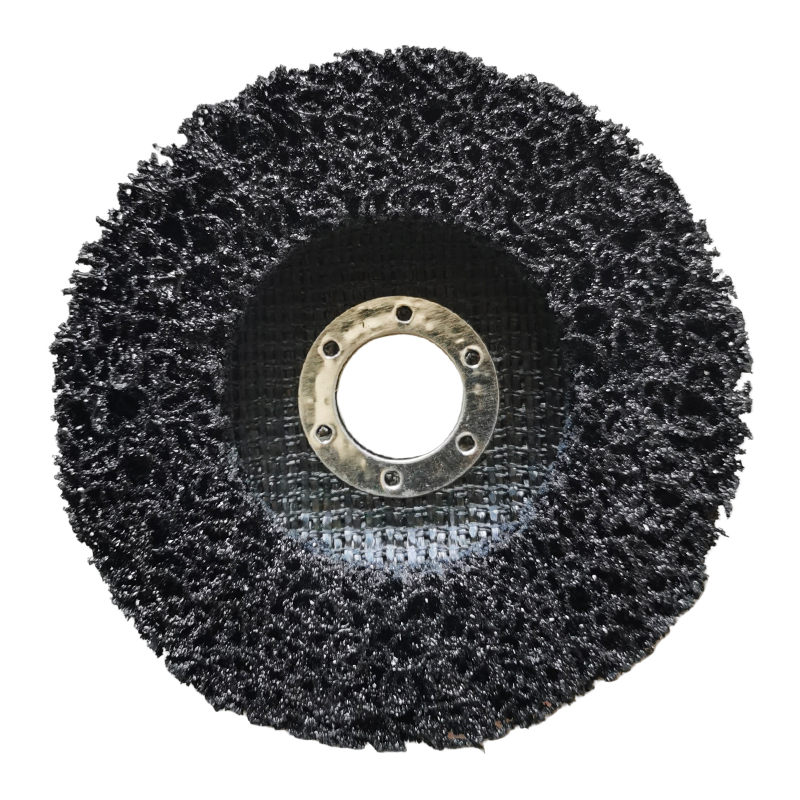Understanding the Importance of Cutting Discs for Polishers
In the realm of fabrication and finishing, the cutting disc, often referred to as the “disco de corte de pulidora” in Spanish, plays a crucial role. These discs are predominantly used in polishing machines, providing the necessary precision and efficiency required in various industrial applications. Whether you're a seasoned professional or a DIY enthusiast, understanding the significance of cutting discs can elevate your projects and improve the quality of your work.
What Are Cutting Discs?
Cutting discs are specialized tools designed to perform specific tasks such as cutting, grinding, and polishing various materials. They are typically made from materials like aluminum oxide, silicon carbide, or diamond for more durable applications. The choice of material often depends on the intended use and the type of material being worked on—metal, stone, or concrete.
Types of Cutting Discs
Cutting discs come in different types and sizes, each tailored for distinct applications. Some common types include
- Metal Cutting Discs These are typically thin and designed to slice through metals with ease. They are essential for trades such as plumbing, electrical work, and metal fabrication.
- Stone Cutting Discs Made thicker and sturdier, these discs are engineered to handle the toughness of stone, granite, and concrete. Their durability allows them to withstand the abrasiveness of these hard materials.
- Diamond Cutting Discs These premium discs feature diamond segments that enhance cutting efficiency and lifespan. They are often used in professional settings where precision and performance are paramount.
- Flap Discs A multitasking tool, flap discs can grind, deburr, and polish surfaces
. They are designed with overlapping abrasive flaps, making them ideal for finishing work.Choosing the Right Cutting Disc
Selecting the appropriate cutting disc is vital for achieving the desired results. Here are several factors to consider
disco de corte de pulidora

1. Material Compatibility Always ensure that the cutting disc you choose is compatible with the material you are working on. Using the wrong type can lead to ineffective cutting and damage to both the disc and the workpiece.
2. Disc Thickness Thicker discs tend to be more durable but may cut slower, while thinner discs provide faster cutting speeds but may wear out quickly. The choice between the two will depend on the specific requirements of your project.
3. RPM Rating Each cutting disc has a maximum revolutions per minute (RPM) rating. Ensure that the speed of your polisher does not exceed this rating to prevent accidents or disc failures.
4. Application Consider whether you need a disc primarily for cutting, or if you also require it to polish and finish surfaces. This will dictate whether you need a standard cutting disc or a specialized flap disc.
Safety Considerations
When using cutting discs, safety should always be a top priority. Here are key safety tips
- Wear Protective Gear Always use safety glasses, gloves, and a mask to protect against flying debris and dust.
- Check Equipment Before using a cutting disc, inspect the disc for any visible damage or wear. A compromised disc can shatter during use, posing serious risks.
- Secure Workpieces Ensure that materials being cut are securely fastened to avoid movement, which can lead to uneven cuts or accidents.
- Follow Manufacturer Instructions Adhere to the guidelines provided by the disc and polisher manufacturers to ensure safe and effective operation.
Conclusion
In conclusion, the disco de corte de pulidora is an indispensable tool in many industries. By understanding the various types of cutting discs and their specific applications, you can significantly enhance the efficiency and quality of your projects. Remember to prioritize safety and select the right disc for the job at hand, ensuring both optimal performance and protection. Whether you are refining metal edges or polishing stone surfaces, the right cutting disc will help you achieve professional results that stand the test of time.
Post time:Oct - 11 - 2024

















